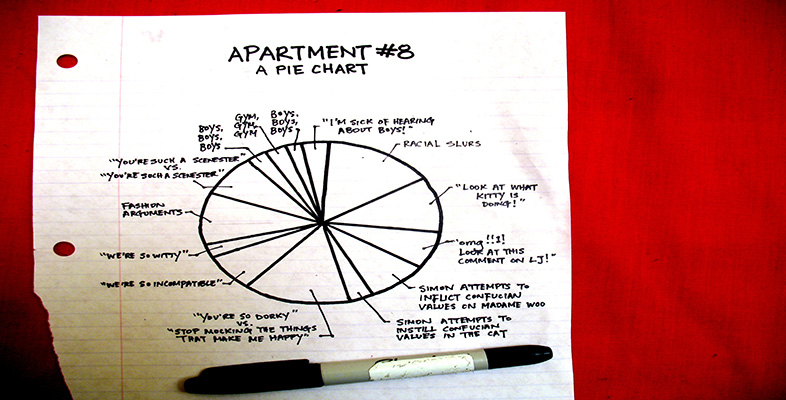5.2.1 Discrete variables
The charts about different modes of transport and that on attendance figures at a range of cultural events all use what might be called ‘word categories’. Each category (e.g. bus, rail, cycle, and walk) is quite distinct from any other in the set of categories. Such distinct categories are known in mathematics as ‘discrete variables’.
Word categories are not the only type of variable that is discrete; numbers can also be discrete. For example, at the beginning of this section, we mentioned that you could use a bar chart to plot the number of families with 0, 1, 2 or more children. Here, the number of children in a family is a discrete variable. So too are the number of goals scored per match by a football team, and the number of bedrooms in a house. Bar charts are normally drawn with separate bars in order to emphasise the discrete nature of the data.
Discrete variables often relate to counted items.
